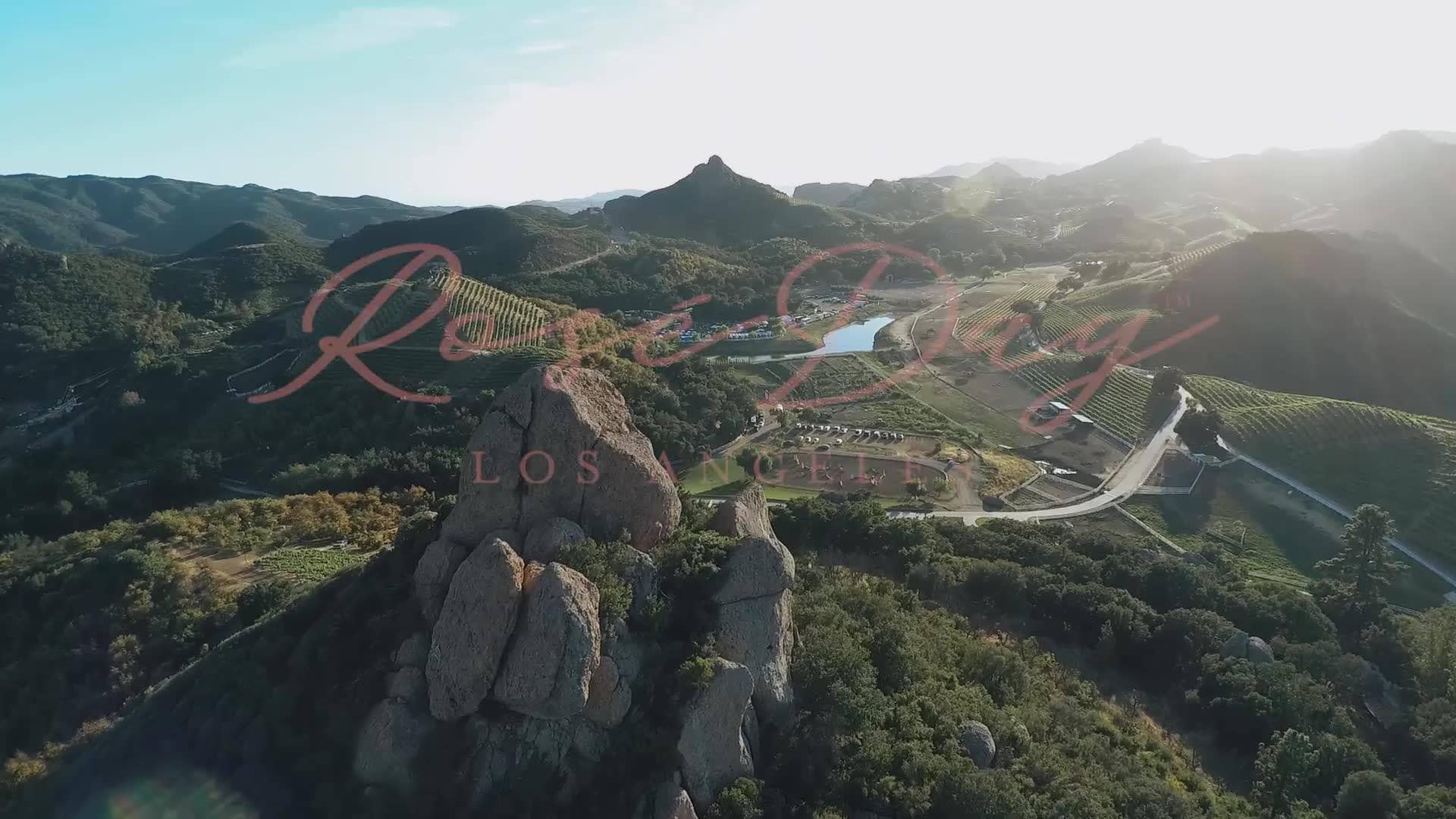How is Rosé Made?

Nothing beats rosé when it comes to capturing the sophistication and feel of summer. Each method produces a different wine tasted, so knowing rosé wine’s production method can help you determine your preferences. Depending on the producer and the region you’re drinking from, each technique will produce rosé of a different color and style. The winemaking process is typically not advertised on the label, but you can learn more about the type of rosé you are drinking if you research the winery or methods used. This blog is all about the methods used to make rosé.
Maceration Method
Rosé is produced most commonly through the maceration process using red grapes. In the maceration method, red grape skins can stay in contact with the juice for a short period. The red wine grapes are harvested and crushed to release juices that are then macerated or soaked for a brief period from a few hours to 48 hours to a couple of days.
After the desired color and flavor intensity are achieved, the grape skins are separated from the juice and fermented to produce rosé wine. Since a wine gets its color from the grape skins, the longer the skin and juice macerate, the darker the wine will be. This means the wine’s dark color has nothing to do with sweetness.
Saignée Method
The saignée method, which means “bleeding,” involves bleeding off some juice from a vat that will be used to make red wine.
In this process, the winemaker hopes to improve the characteristics of the red wine by concentrating the flavors and tannins in the leftover juice—the removed juice ferments on its own during this process, producing rosé.
The limited skin contact at the beginning of the red wine production gives the bled-off juices rosé wine its color and structure. Red wine will be made with the remaining juice. Saignée technique rosé typically has a fuller character and greater complexity than other types.
Blending Method
As the name suggests, this method produces rosé by blending a tiny amount of red wine with white wine. Rosé champagne is typically made using chardonnay and pinot noir/pinot meunier if made by this method.
To achieve the desired shade of pink, a winemaker might add a small amount of red wine at the end if they begin by pressing red wine grapes directly, and rosé gets stained pink by red wine effortlessly.
Taste the World’s Best Rosé at Rosé Day LA this Summer
In the world of wine, rosé stands as an ode to the diversity of flavors that can be extracted from a single grape. The maceration, saignée, and blending methods weave a symphony of flavors and colors ranging from delicate pale pinks to rich coral hues. It is one of the simplest types of wine to pair with foods like Asian cuisine or barbecue.
Are you eager to experience a luxury wine and food pairing event like you’ve never seen before? Join us this Summer at Rosé Day Los Angeles! Book your tickets before they’re gone.
